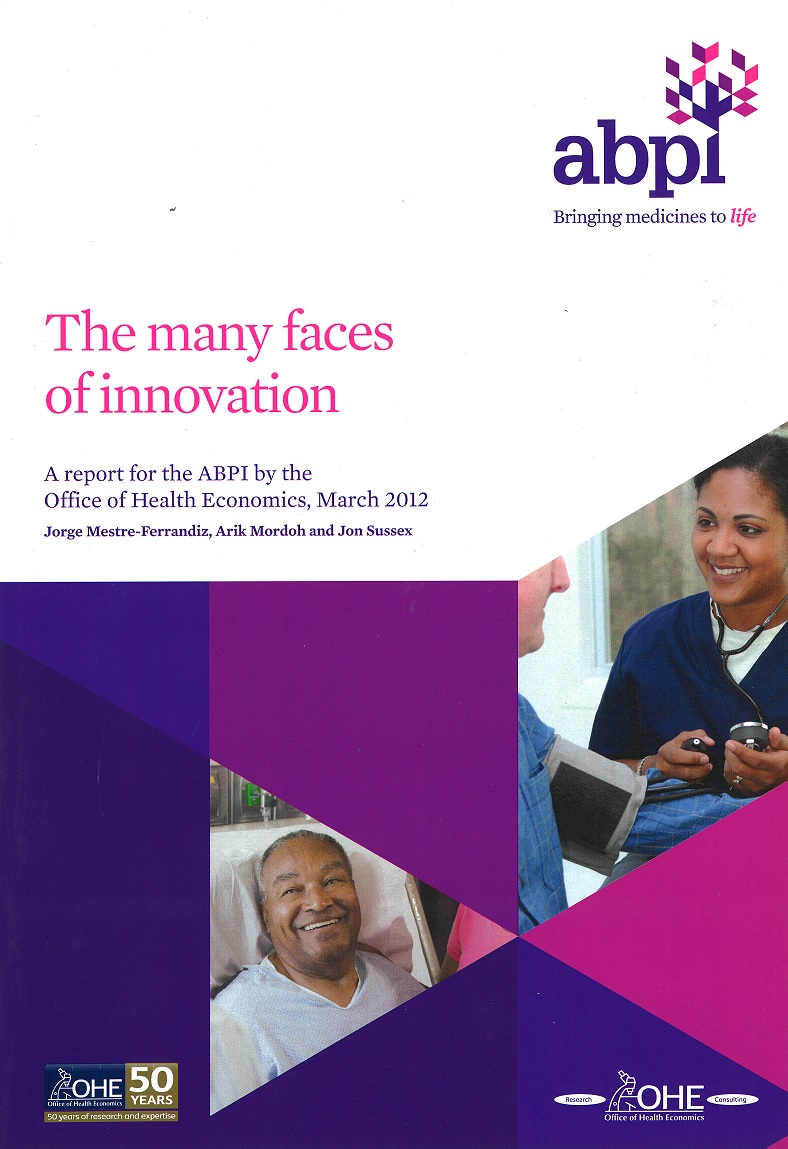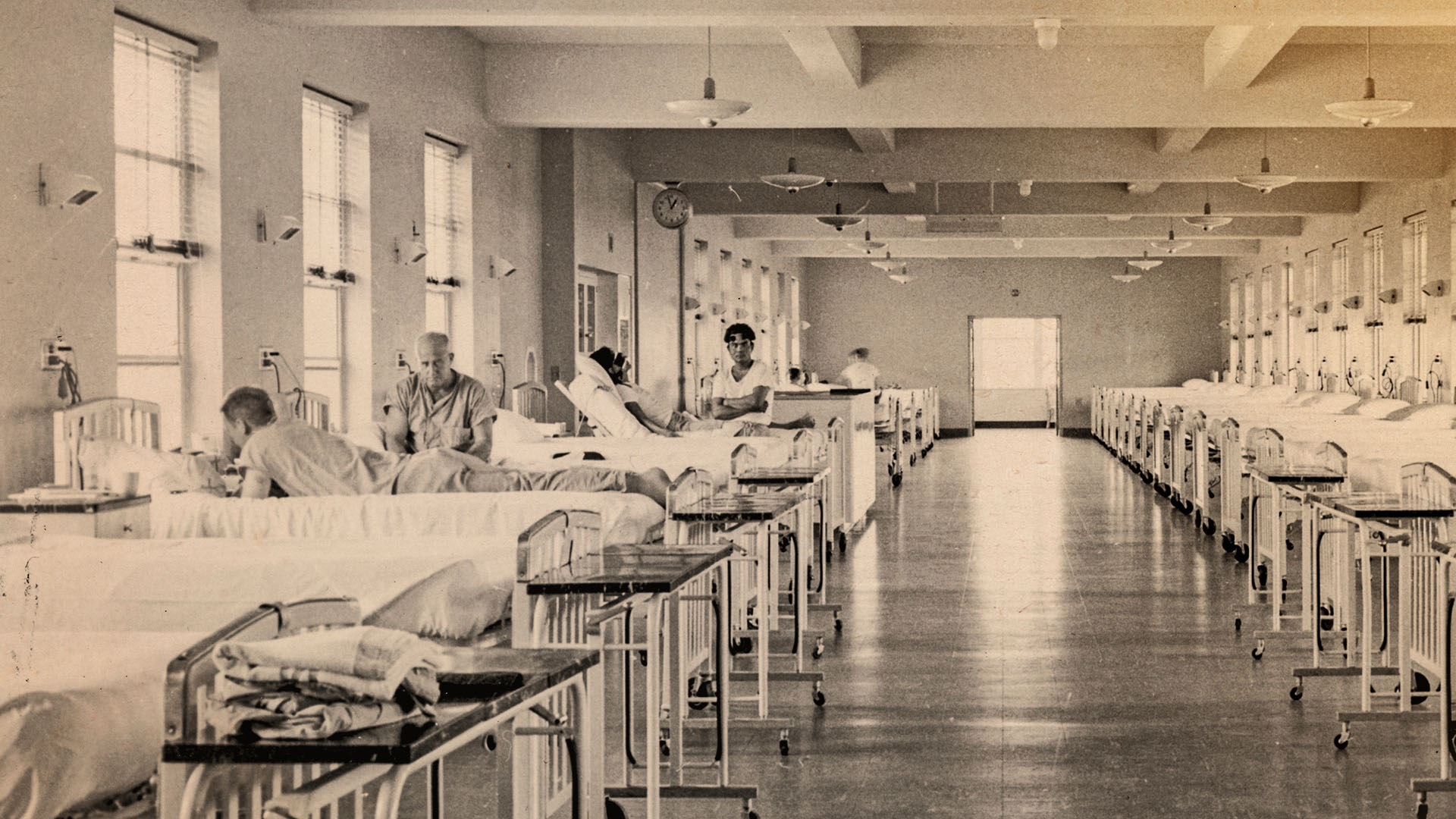Unlocking the Value of Combination Therapies

This report provides a clear explanation of the nature of innovation in medicines. A fully revised and expanded version of the 2005 edition, it updates the literature review of the economics of innovation, traces important innovation that has occurred since 2005, adds new…
This report provides a clear explanation of the nature of innovation in medicines. A fully revised and expanded version of the 2005 edition, it updates the literature review of the economics of innovation, traces important innovation that has occurred since 2005, adds new case studies and updates the discussion of competition in pharmaceutical R&D.
In the context of increasing pressure on health care payers in Europe, the definition of what constitutes “innovation” has become both muddled and dichotomised. The report summarises the wide variety of attributes that characterise “innovation”, including not only health gains, but also patients’ and carers’ convenience, and other societal gains and cost savings. Innovation, the report explains, is a cumulative process characterised by small steps and incremental learning. Upsetting that progression by skewing incentives can have a real, negative impact on improvements in therapy over time and in other areas. Also discussed are the importance of encouraging competition in innovation and the benefits of R&D “spillovers” to other sectors and to society.
The Many Faces of Innovation
Mestre-Ferrandiz, J., Mordoh, A. and Sussex, J.
(2012) The Many Faces of Innovation. OHE Contract Research. Available from https://www.ohe.org/publications/many-faces-innovation/

